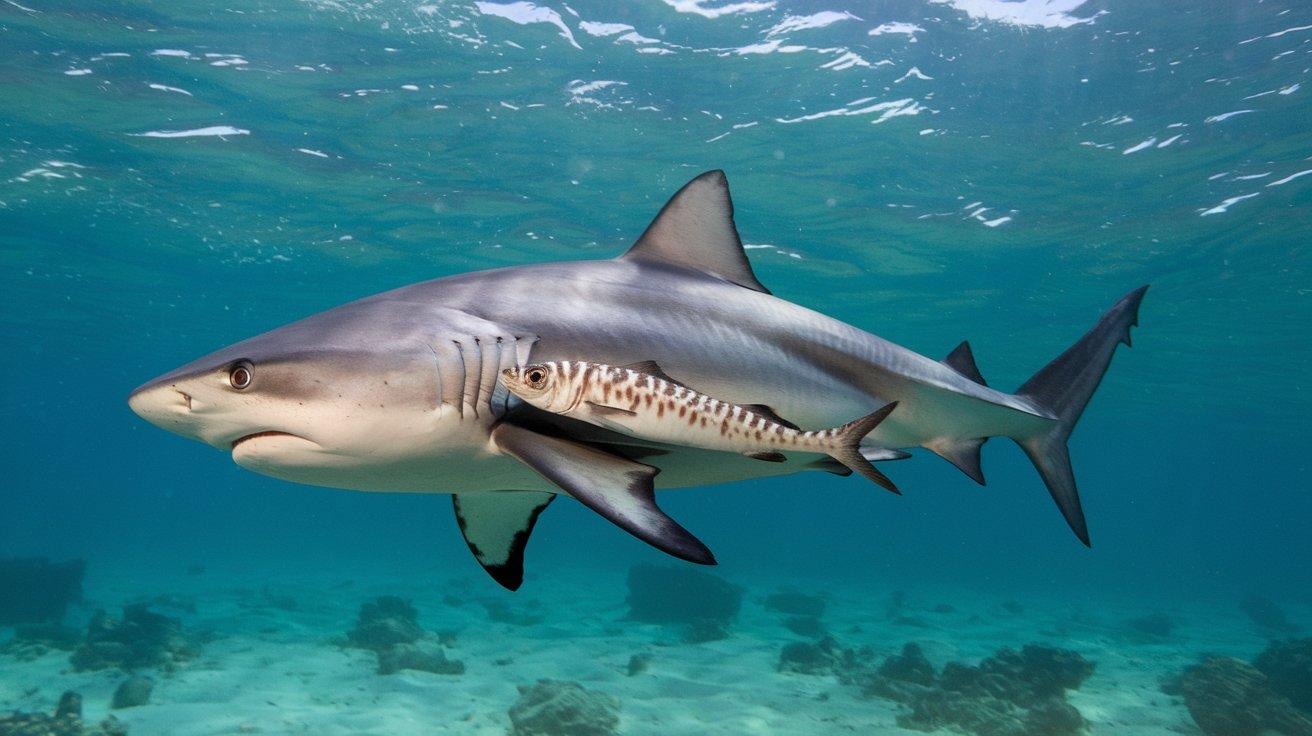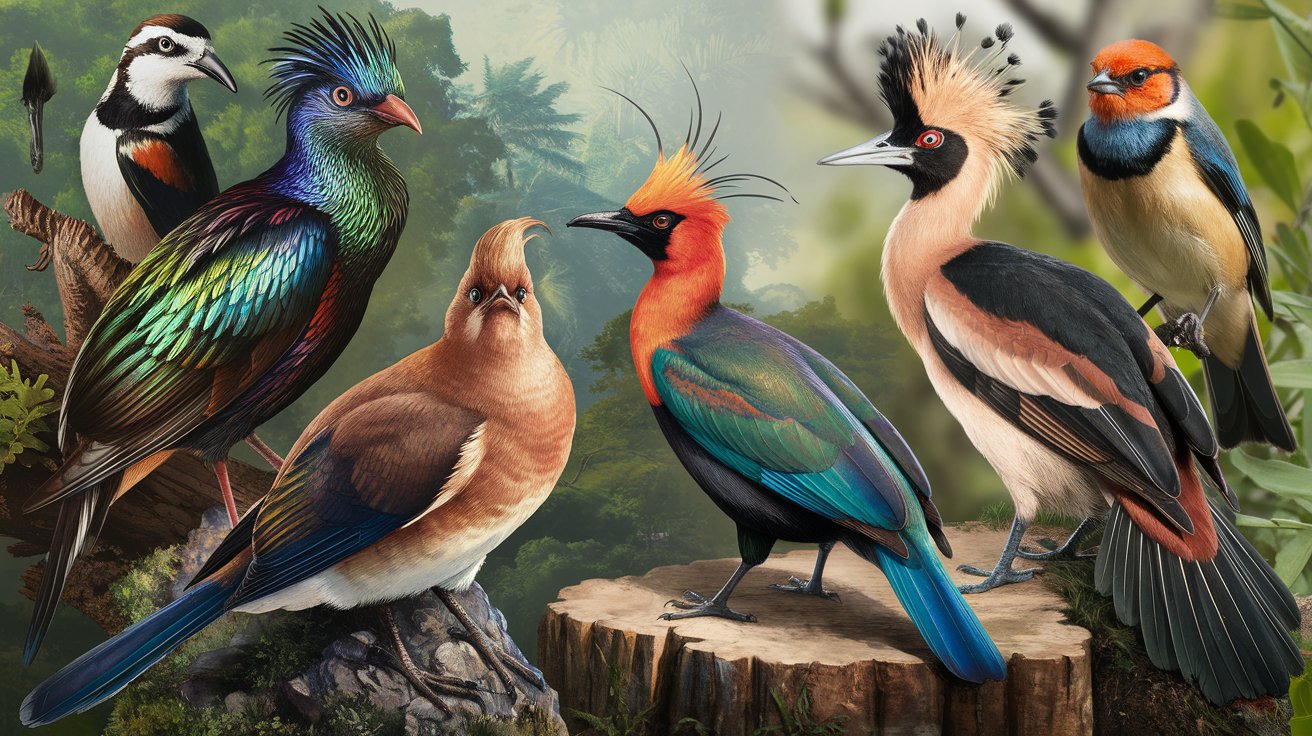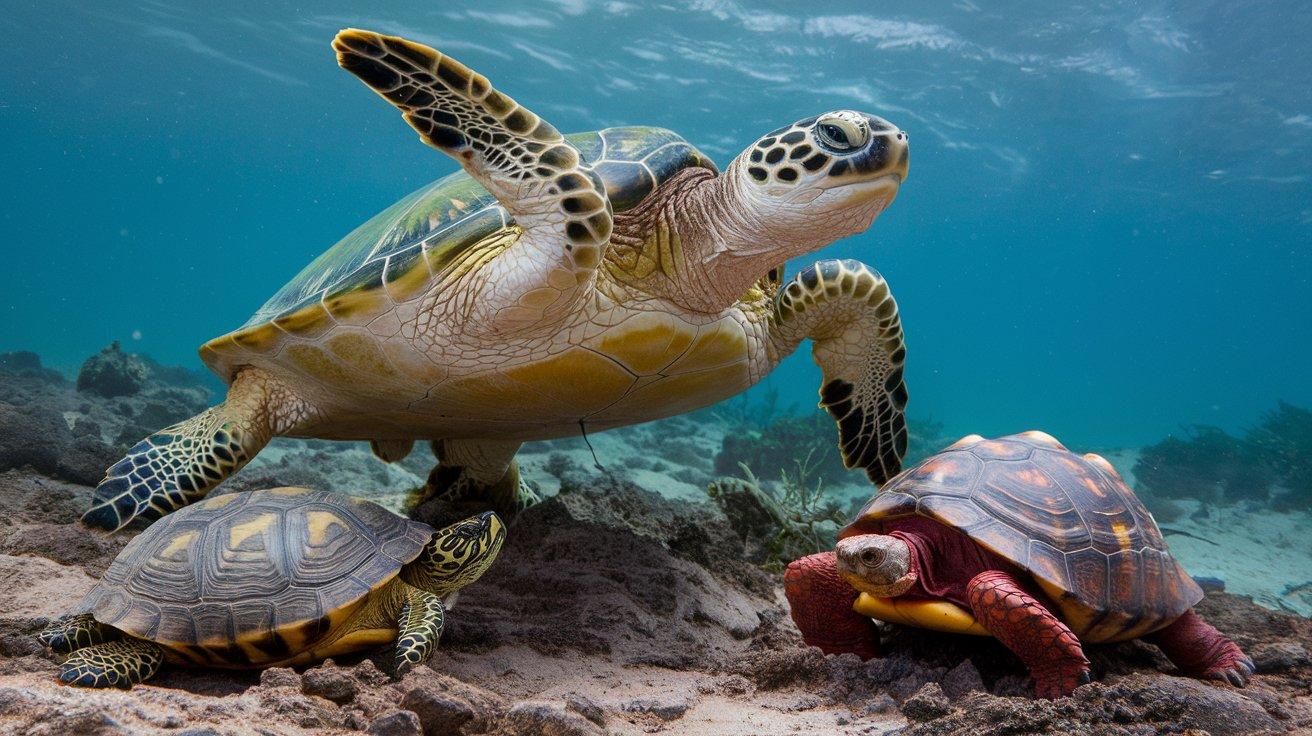The ocean is home to countless extraordinary creatures, but few are as intriguing as the remora fish. Known for their symbiotic relationship with larger marine animals, remoras play a critical role in the balance of marine ecosystems. This article dives into the fascinating world of the remora fish and highlights their contribution to animal diversity.
Introduction to Remora Fish
Remora fish, often referred to as “suckerfish,” are part of the family Echeneidae. These fish are easily recognized by the suction disc on the top of their heads, which allows them to attach to larger marine animals like sharks, rays, and turtles. This unique behavior demonstrates how nature adapts to promote survival and mutual benefit, making remoras a cornerstone of animal diversity in marine environments.
Physical Characteristics of Remora Fish
1. Suction Disc Adaptation
The remora’s most notable feature is its suction disc, an evolutionary marvel. Derived from the dorsal fin, this organ allows remoras to cling securely to their hosts even in turbulent waters.
2. Streamlined Body
Their long, slender bodies are designed for efficient swimming. This streamlined shape minimizes resistance, enabling them to navigate easily when unattached to a host.
3. Specialized Mouthparts
Remoras have adapted mouths that make it easier to feed on their host’s scraps, plankton, or parasites. This opportunistic feeding style helps them thrive in diverse environments.
Habitat and Distribution
Remoras are widely distributed across tropical and subtropical oceans. They are often found near coral reefs, coastal regions, and open seas, closely following their hosts. This wide habitat range contributes to the overall animal diversity of marine ecosystems.
Behavioral Traits of Remora Fish
1. Host Attachment
Remoras form symbiotic relationships with various marine animals, including sharks, rays, sea turtles, and even ships. By attaching to a host, they gain protection, transportation, and food.
2. Feeding Behavior
As scavengers, remoras feed on scraps of their host’s meals, algae, or ectoparasites. This behavior not only sustains the remora but also benefits their hosts by keeping them clean.
3. Survival Strategies
In the absence of a host, remoras can survive independently, showcasing their adaptability. They are skilled swimmers capable of foraging in open waters.
The Role of Remora Fish in Animal Diversity
1. Enhancing Host Health
By removing parasites and cleaning their hosts, remoras contribute to the health and longevity of larger marine species. This cleaning service ensures the continued survival of key predators and herbivores, maintaining balance within the ecosystem.
2. Supporting Marine Ecosystems
Remoras serve as a link in the food web. They feed on waste and parasites, which prevents the buildup of harmful organisms and helps sustain biodiversity in their environment.
3. Promoting Symbiotic Relationships
The remora’s symbiotic relationship with its host is a prime example of cooperation in nature. Such interactions highlight the interconnectedness of life in the ocean and emphasize the importance of preserving these delicate relationships.
Cultural and Scientific Significance of Remoras
1. Historical Beliefs
In ancient times, sailors believed remoras could slow down ships by attaching themselves to the hull. This myth underscores the long-standing human fascination with these creatures.
2. Research and Innovation
The suction disc of the remora has inspired modern technology, including adhesive materials used in medical and industrial applications. Scientists continue to study these fish to develop innovative solutions.
Threats to Remora Fish and Their Hosts
Although remoras are not directly endangered, the decline of their host species—such as sharks and sea turtles—poses a significant threat. Overfishing, pollution, and habitat destruction are major challenges that affect the delicate balance of marine ecosystems and, consequently, the role of remoras in animal diversity.
FAQs About Remora Fish Animal Diversity
1. What is the role of remoras in marine ecosystems?
Remoras contribute to marine ecosystems by cleaning their hosts, recycling food scraps, and supporting the health of larger species.
2. Can remoras live without a host?
Yes, remoras can survive independently by swimming and foraging for food, although they thrive best when attached to a host.
3. Are remoras harmful to their hosts?
No, remoras are not harmful. Their cleaning behavior benefits their hosts, making their relationship mutually advantageous.
4. Do remoras attach to humans?
While rare, remoras may occasionally attach to divers or swimmers out of curiosity, but they do not pose any danger.
5. What animals do remoras commonly attach to?
Remoras most commonly attach to sharks, rays, sea turtles, and whales. Occasionally, they may attach to boats or other large objects.
6. How do remoras impact animal diversity?
By contributing to the health of their hosts and integrating into the food web, remoras play a crucial role in supporting marine biodiversity.
Conclusion
The remora fish exemplifies the wonders of marine life and its interconnectedness. From their ingenious adaptations to their role in maintaining ecosystem health, remoras highlight the importance of every species in the vast tapestry of animal diversity. Protecting these fascinating creatures and their habitats ensures the continued balance and beauty of our oceans.





